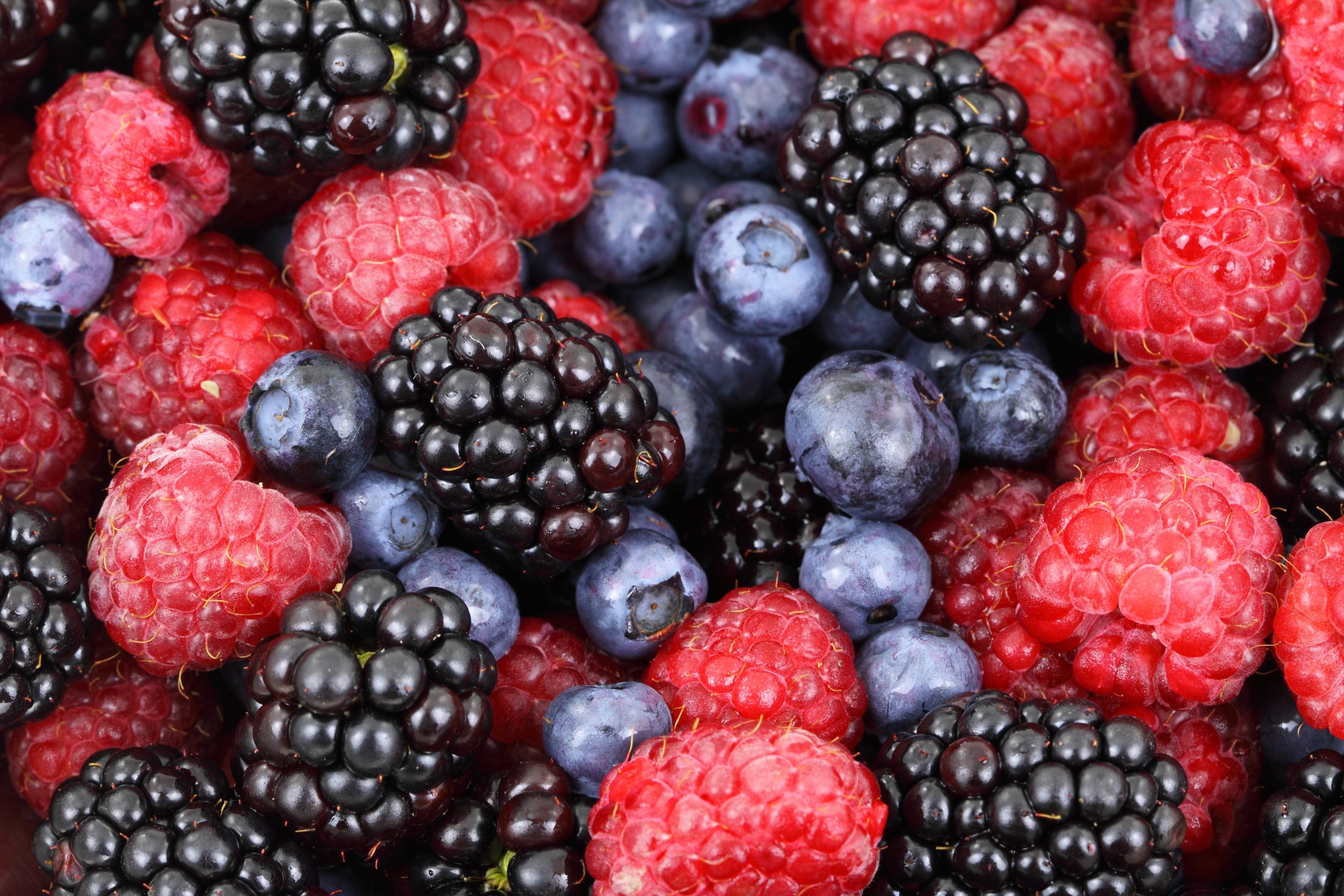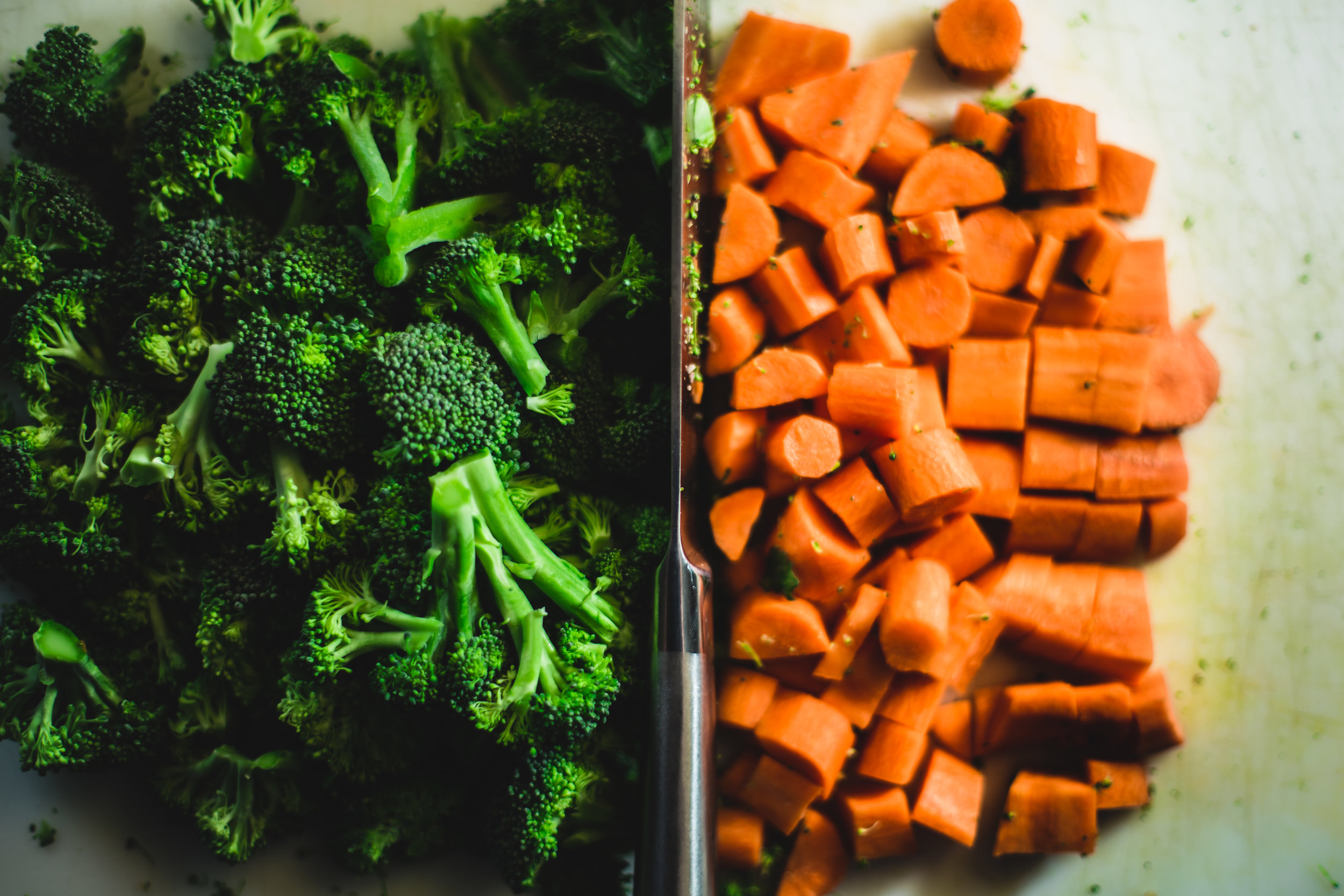What's Wrong with a Little Sugar?? Part 2
I discussed in What’s Wrong With A Little Sugar – Part 1 that there is nothing wrong with a little sugar, it’s just that most people consume a lot of sugar! Here are some tips to help you cut down on your added sugar intake.
Daily Limit of Added Sugar for Men and Women in the United States
Source: American Heart Association
Avoid Sweetened Beverages. I always tell people that I would rather eat my sweets than drink them! Beverages, excluding 100% juice and milk, make up almost 50% of the sources of added sugar in the US! These are primarily soft drinks, fruit drinks, sport/energy drinks, sweetened coffee and tea. Just one 20 ounce soft drink or 16 ounce café mocha well exceeds the daily limit for both men and women!
Tip: Choose water for the ultimate hydration. Add a slice of lemon, lime or other fruit to help perk up the taste if you don't like drinking plain water. If drinking juice, make sure it is 100% fruit juice. If you are used to drinking sweet tea, try adding a splash of fruit juice, herbs or spices instead of sugar.
Choose Fruit. Fruit is naturally sweet with no added sugar! But, check the label on packages of dried fruit as they often have added sugar. Having whole fruits, as opposed to fruit juice, also provides fiber and other nutrients.
Tip: If having fruit as a snack, pair it with a healthy fat or protein to keep you fuller, longer. Some examples include: nuts, nut butter, plain Greek yogurt, a slice of chicken or turkey.
Look out for sugar aliases. There are more than 50 names of sugar foods! Some other names for sugar that you may see on food labels include:
Agave Evaporated cane juice Maltose
Brown sugar Fructose Malt syrup
Cane sugar Glucose Maple syrup
Corn syrup High-fructose corn syrup Molasses
Dextrose Honey Sucrose
You’ll note agave, honey and maple syrup on the list. These are sugars too and fall under the “added sugar” umbrella. They are added to foods by food companies or by us in preparing foods.
Tip: Always read the ingredient list. Ingredients are listed in descending order by weight, if a sugar food is one of the first few ingredients, it probably is high in sugar!
Choose unsweetened. Companies often sneak sugar into some unexpected products. Choose unsweetened applesauce and canned fruit (fruit is naturally sweet!), nut butters such as peanut and almond butter (look for ones that contain just nuts and maybe a little salt), tomato and spaghetti sauces, yogurt (add fruit for sweetness instead) and nut milks.
Look for cereals with less than 5-10 grams sugar per serving. Many even so-called healthy cereals have a lot of sugar added in the form of clusters, chocolate chunks and sweetened dried fruit. Choose a cereal high in fiber which can also help your GI tract, cholesterol level and keep you full. Look for cereals with at least 3 grams of fiber per serving.
Trick: If eating high-fiber cereals are too much like eating cardboard for you, try mixing it with another cereal such as corn flakes!
Snack wisely. Plan ahead for successful snacking. Always read the label of granola bars and packaged snack foods. Look for simple ingredient lists with fruit, nuts and whole grains. A few examples of granola bars that contain less than 5 grams of added sugar per bar include: Larabar®, KIND® bars and Kashi® (again, check the label). Other snack choices include: vegetables dipped in hummus, fruit (try freezing grapes, berries and bananas for a sweet treat), whole grain crackers, popcorn, unsweetened yogurt or cottage cheese and nuts.
Watch out for processed low-fat and fat-free foods. Many of these have sugar (and often salt) added for flavor to make up for the missing fat. These include salad dressings, mayonnaise, yogurt and cookies.
Tip: Your best bet is to make you own salad dressing so you can control the ingredients or choose full fat versions and keep the portion size in check. Same goes for cookies and other treats. Modify the recipe or enjoy the full fat food in moderation.
Trick: Often the sugar can be reduced by at least 1/4 in a recipe without significantly affecting the taste or texture.
Enhance the natural sweetness in foods. Roasting vegetables such as carrots, onions and sweet potatoes in particular brings out their natural sweetness. Cinnamon and vanilla will also provide a sweet note to foods such as oatmeal, yogurt and even coffee.
You don't have to completely avoid added sugar, but be mindful of foods containing added sugars in your diet. What we eat is a way to nourish our bodies, promote our health and feel good. Choosing to reduce added sugar is a way to accomplish all three!






